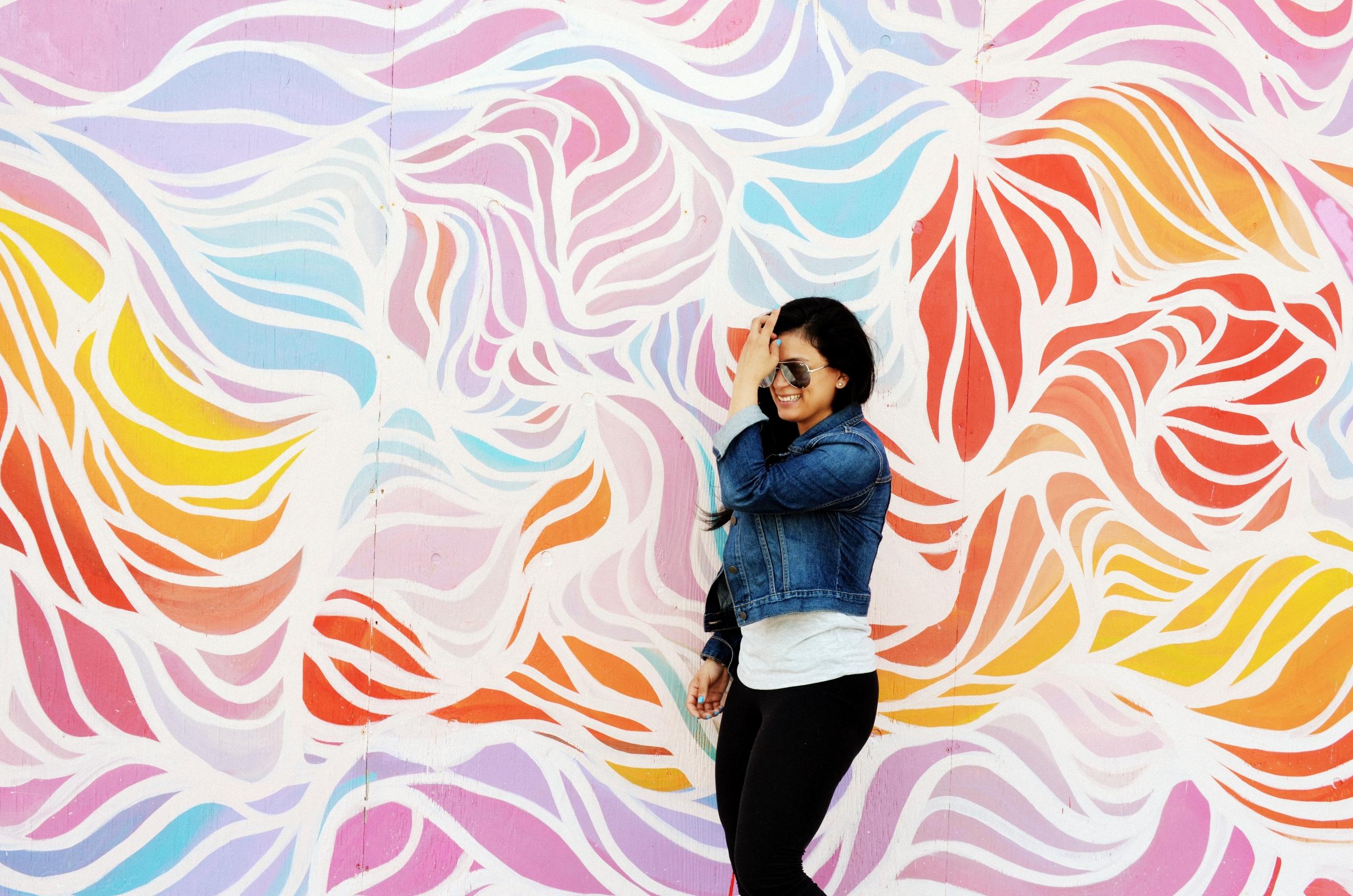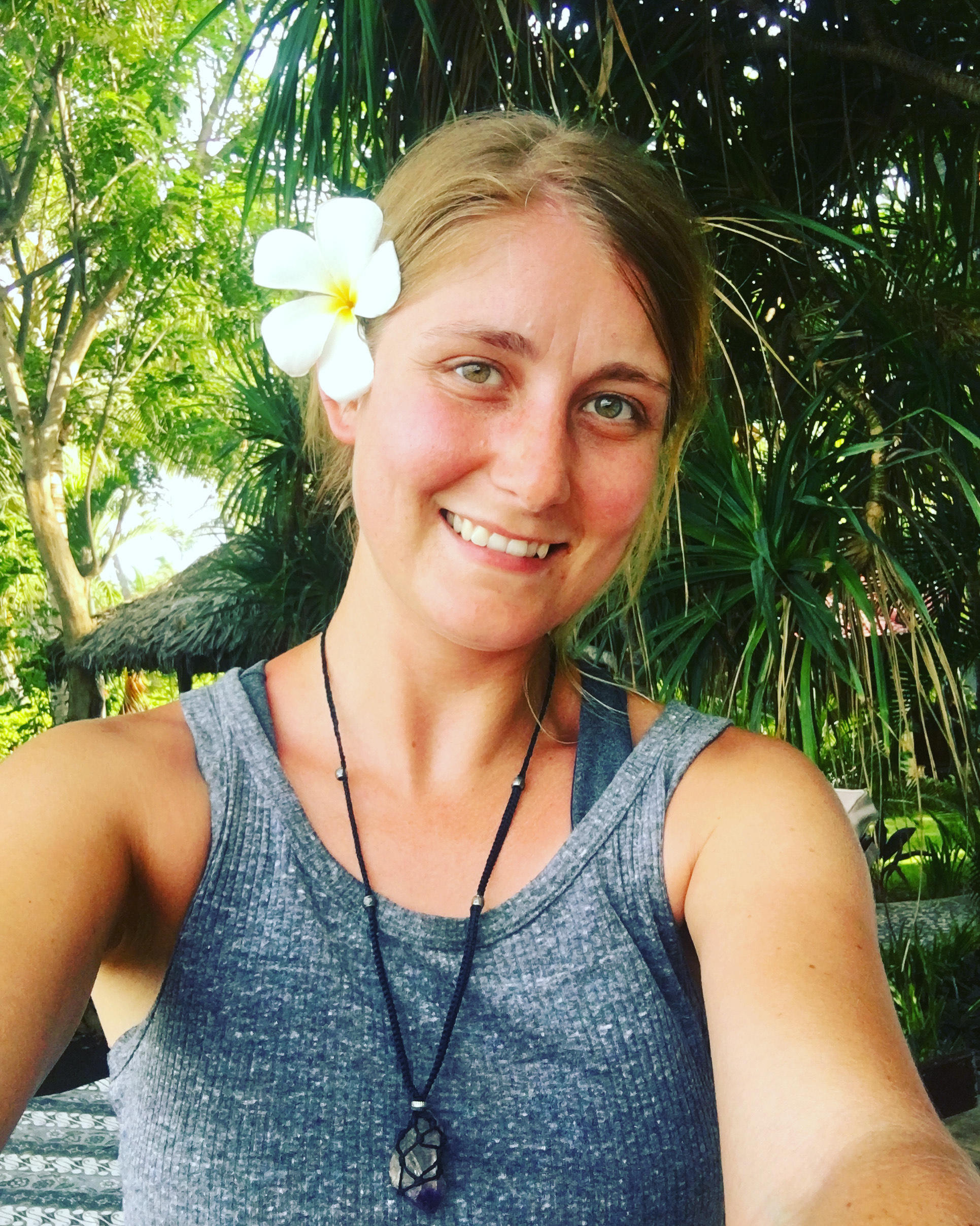Colour is a power which directly influences the soul. Wassily Kandinsky
You are walking down a pathway and all of a sudden you see a beautiful flower in your favourite colour. You decide to stop and take a closer look. Why did you stop and not just walk by? Did you feel happy?
Colour is an excellent medium for communicating. Colour has the power to arouse feelings, trigger behaviours, and alter ways of thinking, whether or not they are aware. It has the power to stimulate or calm your mood, increase or decrease blood pressure, and even pique your hunger. It is indisputable that colour has a significant influence on our daily activities to such an extent that there is a study about the different types of colour and how it affects our psyche.
In this article, we will be taking a look at this fascinating topic, the psychology of colour.
Want to give private lessons?
Join the Superprof community and share your knowledge with inquiring and motivated students.
What is the Meaning of Colour Psychology?
Psychologists have developed another discipline of psychology to help us better understand how colours make us feel and behave. In simple terms, colour psychology is the study of colours and how they affect our emotions and behaviours.
Colour theory explores how colours can determine how we convey nonverbal information and how they influence the decisions we make.
When studying psychology you will learn about this interesting area and is usually included in most BSc and MSc degree programs.
Colours are the mother tongue of the subconscious. Carl Jung
Carl Jung was a colour psychologist pioneer. Because he was so passionate about this particular field in psychology and helping people overcome trauma, he developed the art theory further and used art therapies to help people heal their emotional and psychological wounds.
The Meaning of Colours
Psychologists have discovered that individual colours can each have their own unique meaning.
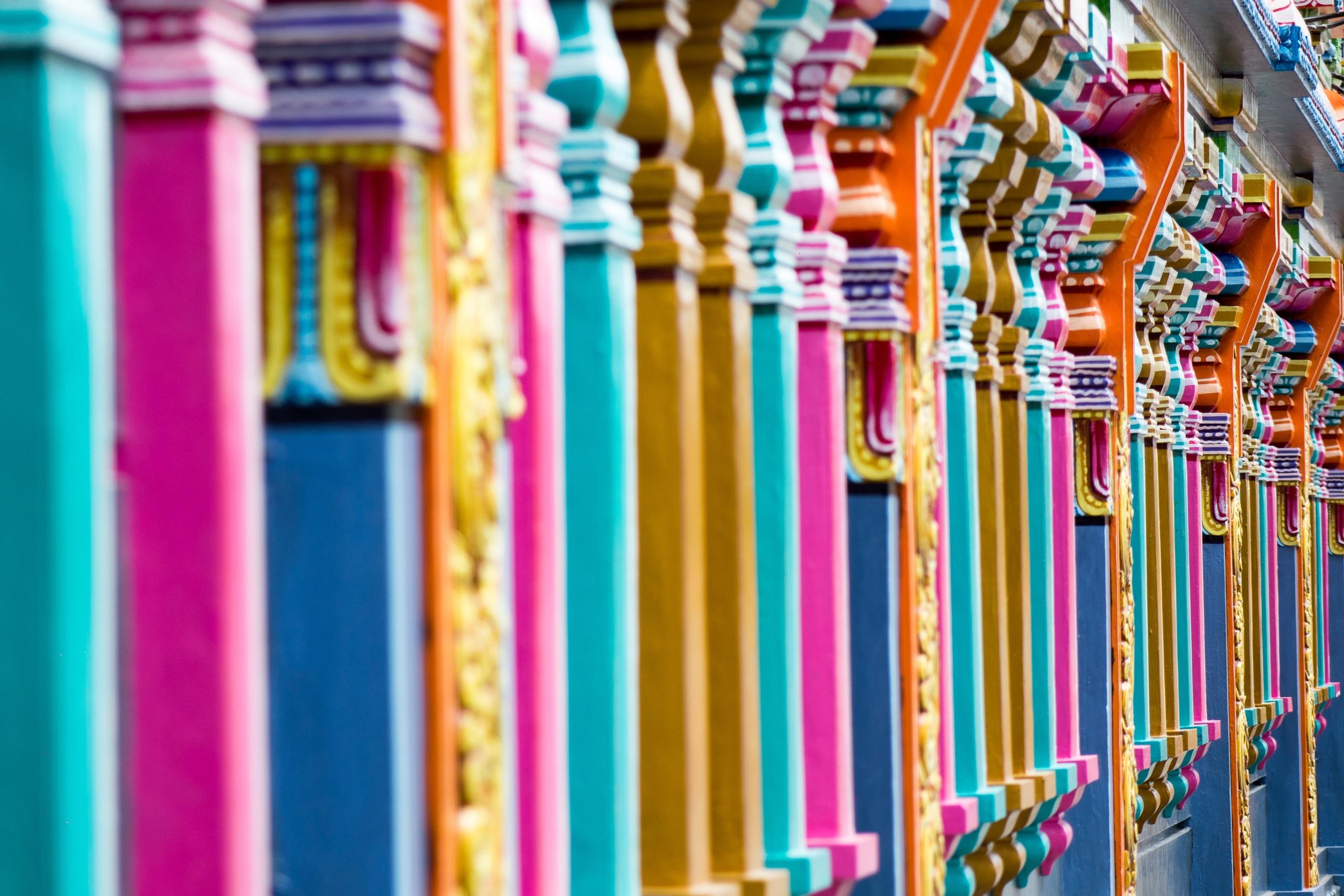
Let's have a look at the popular ones:
- Green: natural, cool, growth, abundance, health, envy, tranquillity, new beginnings, calmness, fertility.
- Blue: calmness, serenity, cold, uncaring, wisdom, loyalty, truth, focus.
- Purple: royalty, wealth, sophistication, wisdom, spiritual, prosperity, respect, mystery.
- Yellow: happiness, laughter, warmth, optimism, hunger, intensity, frustration, deceit.
- Red: love, romance, gentle, warmth, comfort, energy, excitement, intensity, life, blood
- Black: authority, power, strength, evil, intelligence, slimming, mourning.
- White: purity, innocence, cleanliness, neutrality, sense of space.
- Orange: happy, energetic, excitement, enthusiasm, warmth, wealth, prosperity, sophistication, change, stimulation.
- Pink: romance, love, gentleness, calm, agitation.
Colours can be divided into two main categories: cool and warm. Both colour categories have different psychological effects on different people and cultures. Generally speaking, we will have a look at what warm and cool colours are and the effect they can have on our emotions:
- Cool: shades of blue, green, purple
- Warm: shades of red, orange, yellow
Colours and Emotions - The Emotional Effects of Colours
I found I could say things with colour and shapes that I couldn’t say any other way – things I had no words for. Georgia O’Keeffe
Colour is not just a visual experience. Colours and emotions are like combining notes of music with an instrument to get a beautiful melody, a dramatic showpiece or a depressing song.
Colours may evoke all types of feelings within us. Even, Georgia O'Keeffe, the modernist American painter used colours in her artwork to represent feelings that she couldn't translate into words.
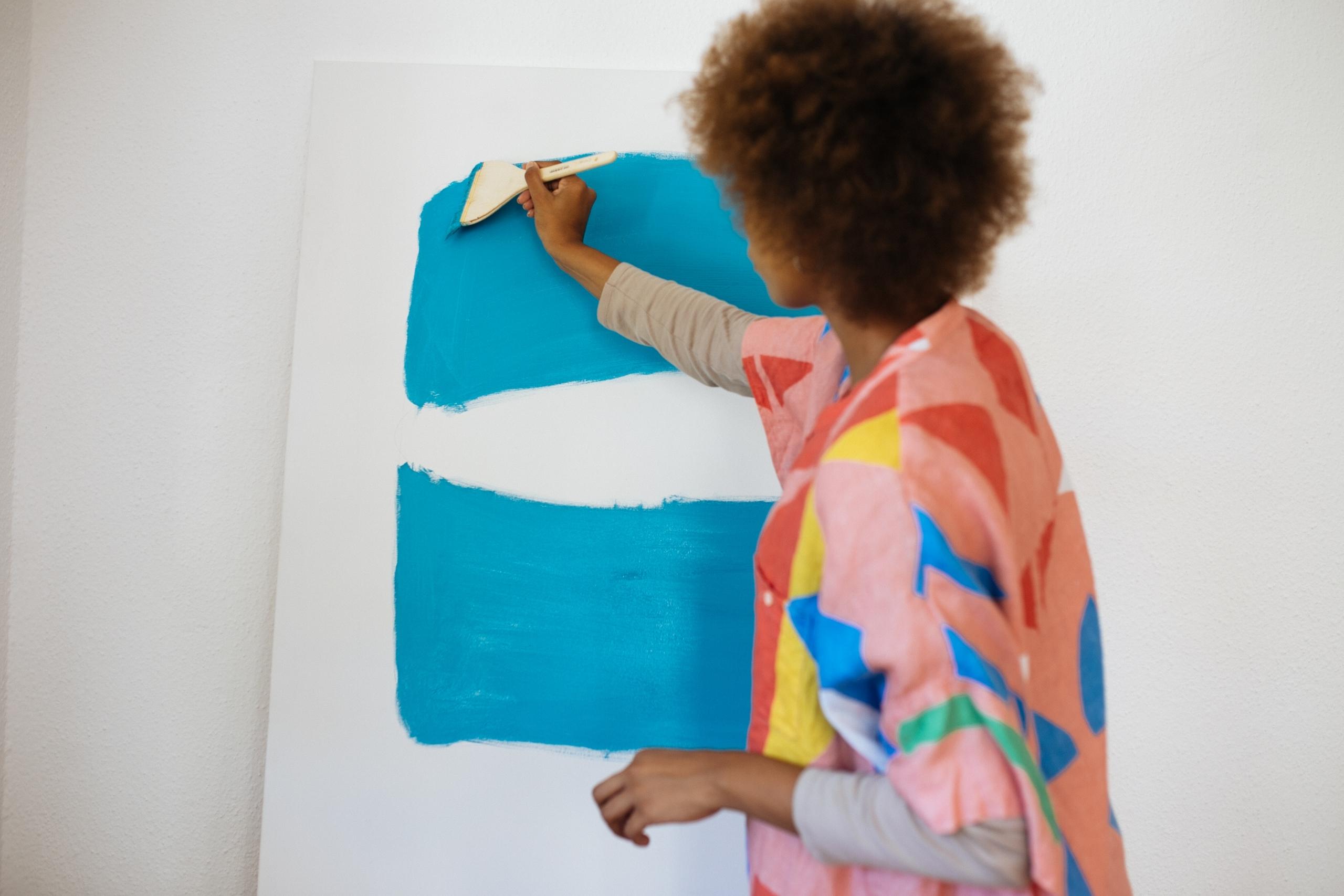
Psychological Effects of Warm Colours
Warm colours such as orange and yellow can stimulate people's minds or it can whet their appetite. Have you noticed that many restaurants use warm colours?
Hues of red, orange and yellow can spark emotions for instance anger, excitement and hostility. However, these colours can also be associated with peaceful scenes such as sunsets and sunrises.
Psychological Effects of Cool Colours
Do you want to stimulate your creativity? Or are you looking for a peaceful and calm environment? Cool colours can help you achieve this. Hues of blue, green and purple are known to evoke emotions such as feeling calm, quiet or sad.
Fun fact: Your eye focuses the colour green directly on your retina which means it is less strenuous on your eye muscles.
Warm colours are often associated with feelings of intense emotion while cool colours are found on the opposite spectrum because they are more peaceful.
Want to give private lessons?
Join the Superprof community and share your knowledge with inquiring and motivated students.
What Does Your Favourite Colour Say About You?
Colours are all around us. Red, blue, yellow, green, black, purple, white and the list continues.
What is your favourite colour? Has it changed over time?
Did you know the colour you love the most not only reflects your personality but how you handle life?
Your personality strengths and weaknesses can be reflected by your favourite colour. It can even help you become aware of some aspects of yourself that you are not familiar with.
Even the colours you don't like say a lot about your vulnerabilities and what you tend to avoid.
The Influence of Colours in Branding, Design and Marketing
Colours speak a language of their own, people may not understand this language, but they may have certain feelings towards colours. Colour has the magnificent capability to persuade us into doing something without necessarily thinking about it. Marketing experts leverage the benefits of colours in a creative way in branding, e.g logo design, and many other marketing designs to convince people to buy more.
Using colours in a smart way can show off your brand's personality and may increase your brand recognition by 80%.
The "Impact of Color in Marketing" was a study which found that 62-90% of consumers make buying judgements based on colour alone.
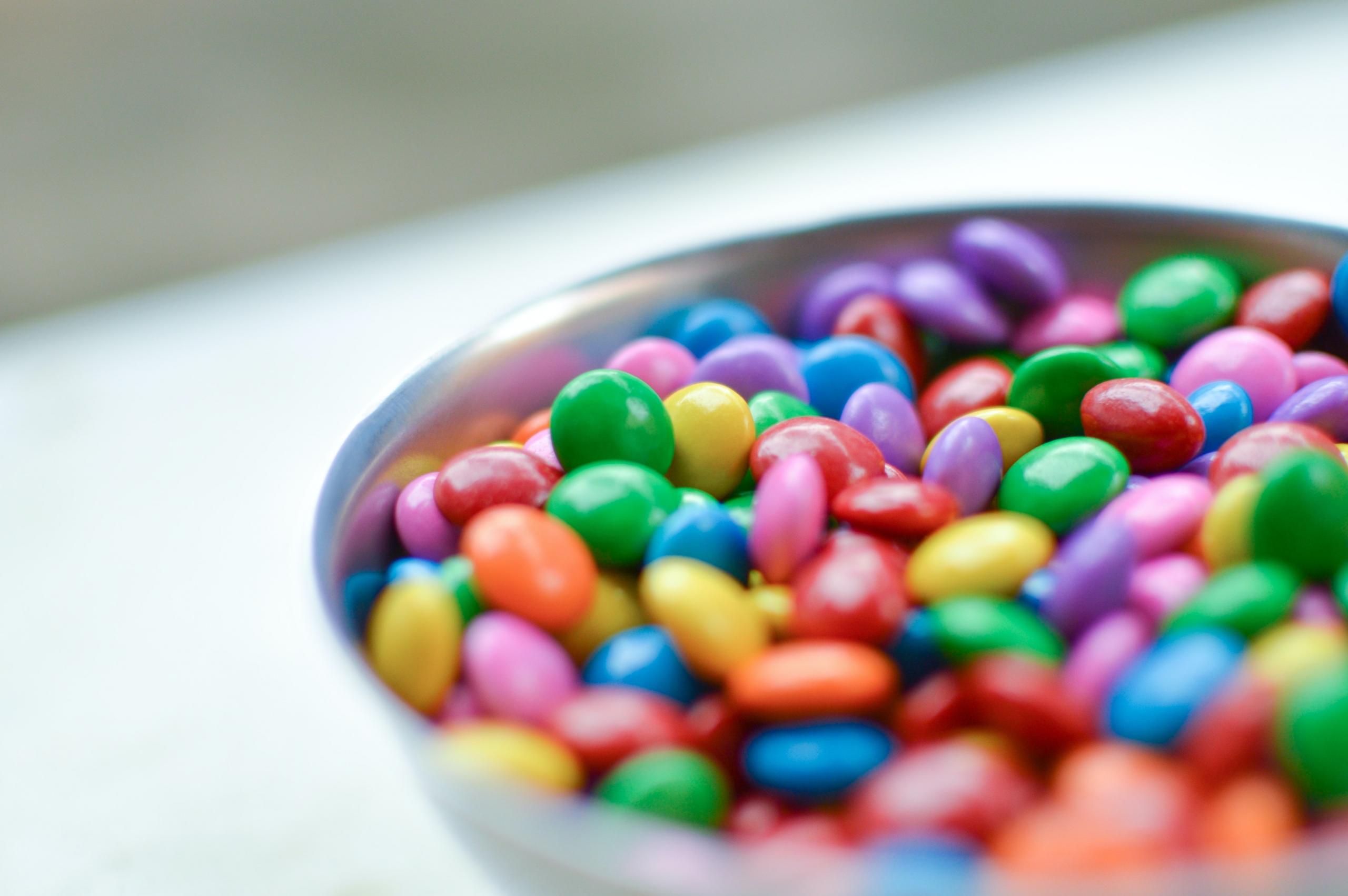
Did you know people make a decision within 90 seconds of seeing a product or person?
That is why it is so important when selecting colours for your branding and other marketing activities.
Remember the next time you go to an interview or on a date, the colours you choose to wear matter. If you want to convey a certain message make sure your outfit resembles the idea you would like them to take away about you or your personality.
Would You Like to Learn More About Colour Psychology?
If you are an aspiring psychologist, but you still would like to learn more about colours, you can.
There is a myriad of information about colours you can research. From books to YouTube videos and online articles, the resources are endless.
Three books in particular that look into the psychology of colour in more detail are:
- Colour Psychology and Colour Therapy written by Faber Birren
- The Psychological Effect of Colors in Our Life written by Savyman
- Colour Psychology: Profit From the Psychology of Color: Discover the Meaning and Effects of Color written by Richard G. Lewis
All these books are available to purchase on Takealot along with many others surrounding the topic.
If you prefer watching videos, Braincraft and The Online Learning Space are two popular YouTube channels where you can gain key information about colour therapy and how it affects marketing and purchasing decisions.
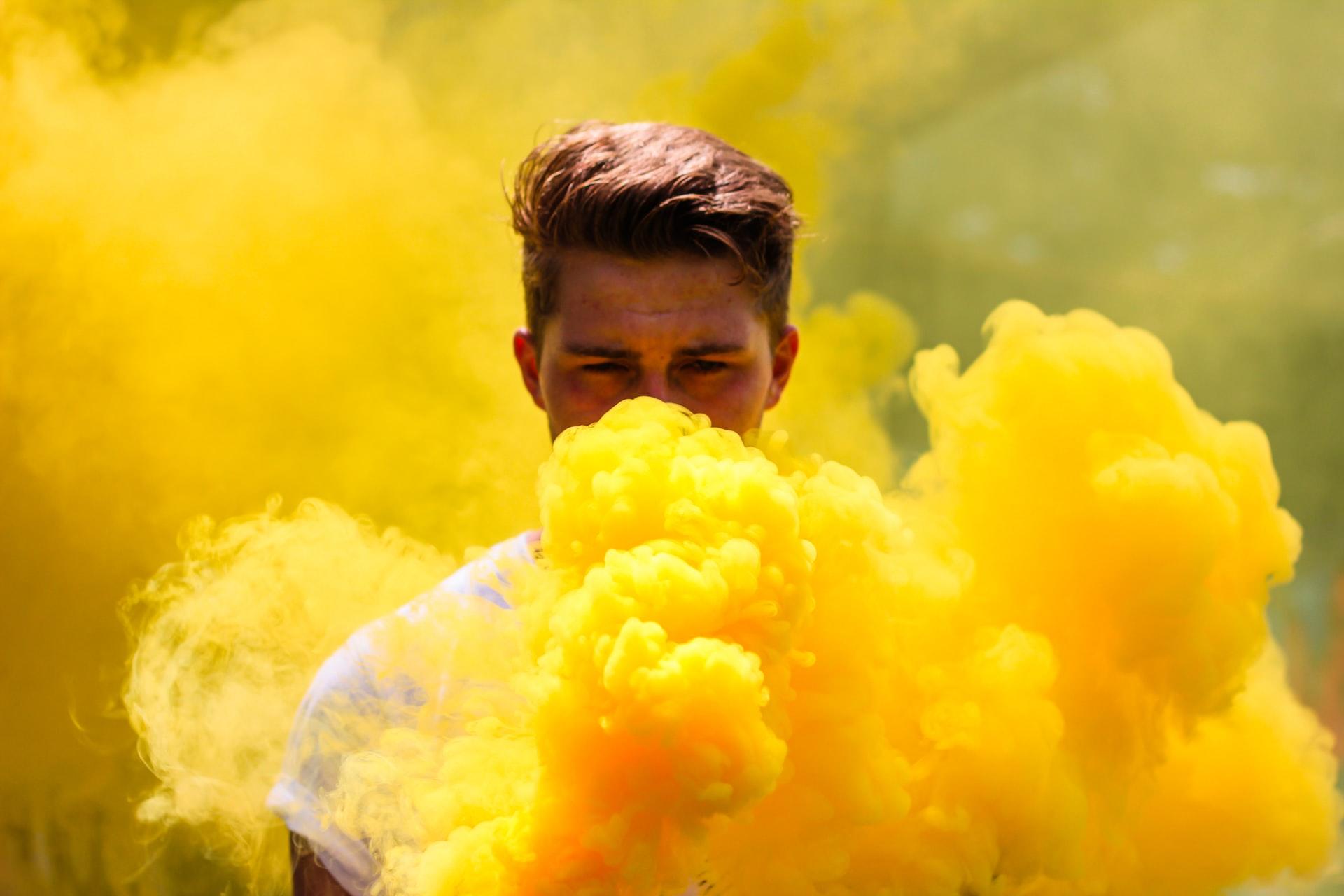
Learning the Psychology of Colour with a Tutor
Another surefire way of learning more about the psychology of colours is through self-paced learning. These include online courses and private lessons with a qualified tutor. If you are on a very tight budget, self-paced lessons are an excellent choice.
Udemy is an online learning platform that has a range of enriching courses about the psychology of colour.
If you prefer a more interactive way of learning then a professional tutor might be a good option. But where to find a tutor ... Check out Superprof, where you can find tutors who offer classes online, using platforms such as Zoom, Google Meet or Skype. Alternatively, if your chosen tutor lives nearby, you can arrange face-to-face lessons in a location that you feel most comfortable.
Do you still need some convincing that Superprof is the right tutoring partner for you? Here are a few benefits that may help you make an informed decision:
- You can choose from a variety of professional and expert tutors
- Learn in-person or virtually, whichever one works best for you
- Reviews left by tutors' students help you learn more about them and their teaching styles.
Another bonus you can expect when signing up for psychology tutoring lessons with Superprof is a free lesson. Yes, you read right, in most cases your first lesson is free!
To conclude, the use of colour has a big impact on us in various aspects of our daily lives. It can convince us, heal us, make us sad or give us a feeling of joy. Here is a lovely quote to nibble on:
Colour is my day-long obsession, joy, and torment. Claude Monet
Want to give private lessons?
Join the Superprof community and share your knowledge with inquiring and motivated students.

